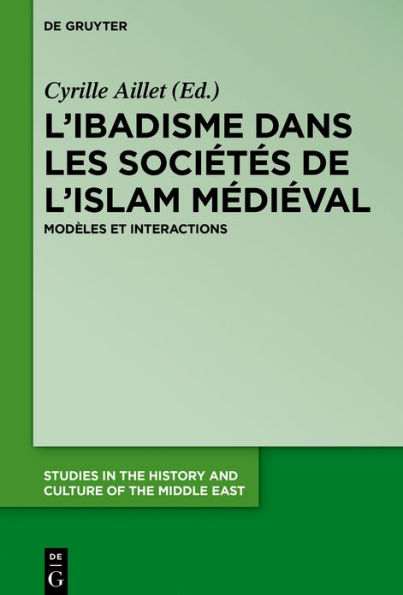How did Ibadism justify political dissidence and rebellion and reinterpret the legacy of former Kharijite movements? How did it conceive political collegiality and put this model into practice? How did this minority coexisted and competed with the majority? Switching from the East to the West and from a broad frame of interpretation to local case studies, the volume seeks to better understand the political thought and social patterns that characterized this religious stream. Besides questioning the paradigm of the Imamate, we also explore how stateless societies could be regulated by collective social and religious institutions.
How did Ibadism justify political dissidence and rebellion and reinterpret the legacy of former Kharijite movements? How did it conceive political collegiality and put this model into practice? How did this minority coexisted and competed with the majority? Switching from the East to the West and from a broad frame of interpretation to local case studies, the volume seeks to better understand the political thought and social patterns that characterized this religious stream. Besides questioning the paradigm of the Imamate, we also explore how stateless societies could be regulated by collective social and religious institutions.

L'ibadisme dans les sociétés de l'Islam médiéval: Modèles et interactions
389
L'ibadisme dans les sociétés de l'Islam médiéval: Modèles et interactions
389
Product Details
| ISBN-13: | 9783110583793 |
|---|---|
| Publisher: | De Gruyter |
| Publication date: | 09/24/2018 |
| Series: | Studies in the History and Culture of the Middle East , #33 |
| Pages: | 389 |
| Product dimensions: | 6.10(w) x 9.06(h) x (d) |
| Language: | French |
| Age Range: | 18 Years |
